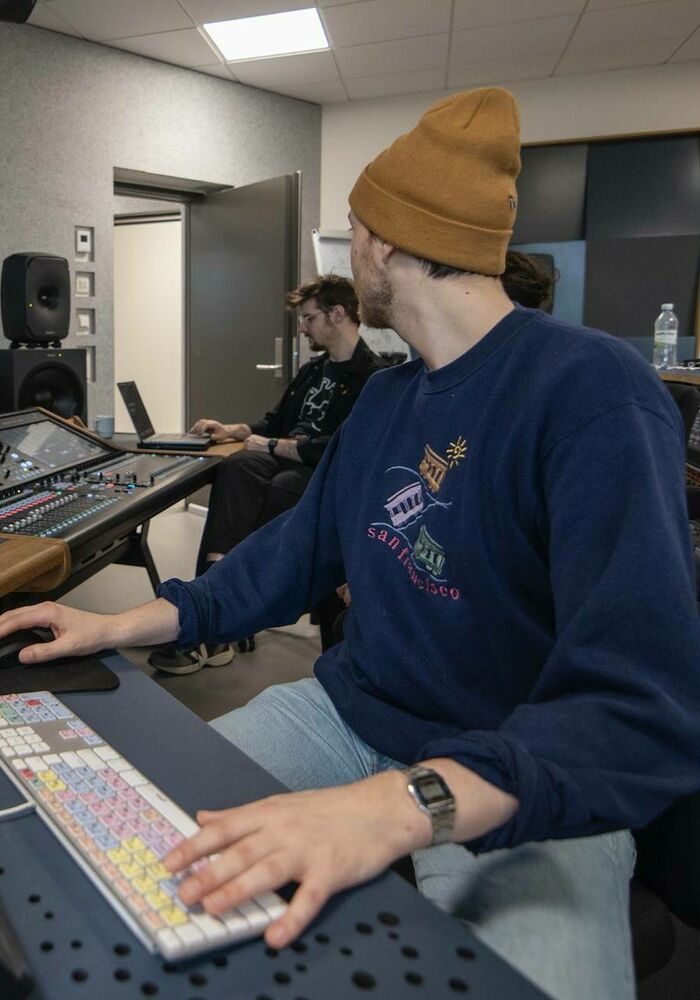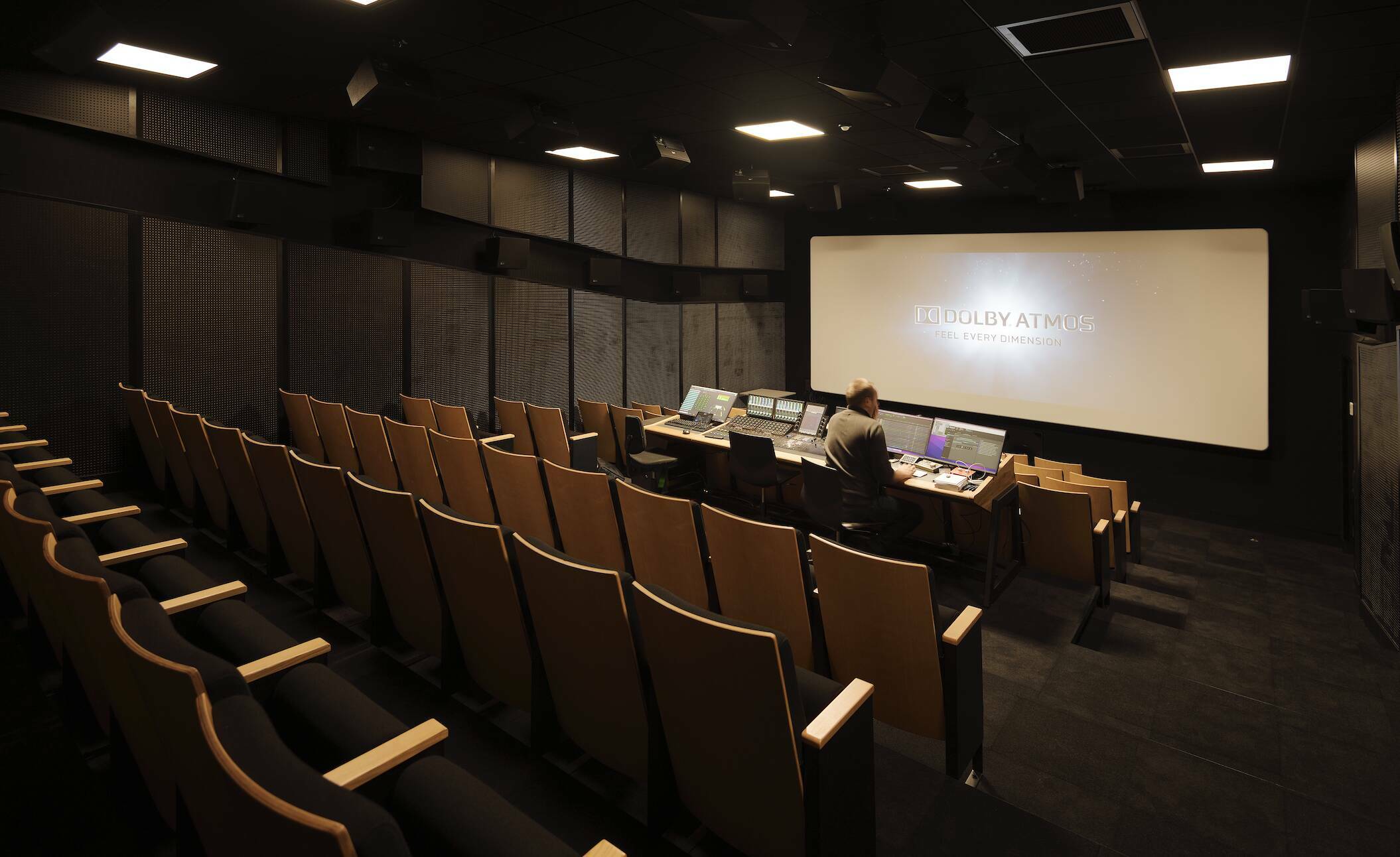Headliner speaks to Lars Tirsbæk, audio expert and lecturer at Denmark’s Sonic College about its sound design programme, the ever increasing number of Atmos projects passing through its doors, and the Merging Technologies kit that is so essential to its offering…
Since opening in 2010, Denmark’s Sonic College has provided a state-of-the-art hub for students looking to embark on a career in sound design to hone their craft and discover the full range of opportunities that exists in art form. From music and film to TV, gaming, and more, the College enables students to explore an array of options and get to grips with the technologies shaping the business.
Here, Tirsbæk discusses trends in sound design, education, and the rise and rise of immersive audio…
Tell us about the origins of Sonic College.
Sonic College is a sound design programme based in Denmark. It is a three-and-a-half-year course where we educate youngsters to become sound designers. Some are looking to work within film and TV, some in game audio, podcasting, music, and public welfare technology. There are lots of different areas we operate in. The college started in 2010 and last September we moved into a brand-new purpose-built campus.
How did you first become involved in sound design?
When I was a teenager, I dreamt of being a keyboard player in a band, so my background is in music. I had taken some pre-conservatory courses, and when applying to join the music conservatory I started thinking about what I really wanted to do, as I love playing music, but I also enjoyed working with synthesizers and creating sounds and playing with things like vocal processing on stage.
Then in 2010 I found this programme had started and I applied. I started in 2011 and finished in 2015, so I’m educated at the college myself. After that, the head of the programme contacted me and asked if I wanted to teach on the programme, because I had done a lot of live sound and worked with sound and music production a lot in general, so I have a good track record in audio. I started as a guest lecturer in recording technologies and music production, and that turned into a full-time position. Then when we moved to the new campus I was put in charge of the build and the studio spec and design.
How has the popularity of the course grown over the years?
For the first two years nobody really knew the programme. But, it turned out there were a lot of young people like me who were musicians who wanted to know different ways of doing music and being creative with sound. In Danish education there was a gap for this. When I started we were 24 students per year, and in 2015 when I completed the course, we had 40 seats per year and there were 150 students applying. We’ve been stable around that figure ever since.
Do you see people joining with a particular sound design vocation in mind?
It starts with music for most of them. Of course, some want to do sound for film or gaming, but mostly it’s people coming from a music background. A lot of them join wanting to be the next big producer for Billie Eilish and people like that. But once they come in and we start to educate them, we tell them about all these different areas where they can work with sound. We ask them in the beginning what they want to do and 75% say they want to work in music, and by the end it’s about 10-20% as they get to see all the different areas in which they can still work in music but it’s for things like film, TV, gaming, interactive design and podcast. We see them explore several different fields.




